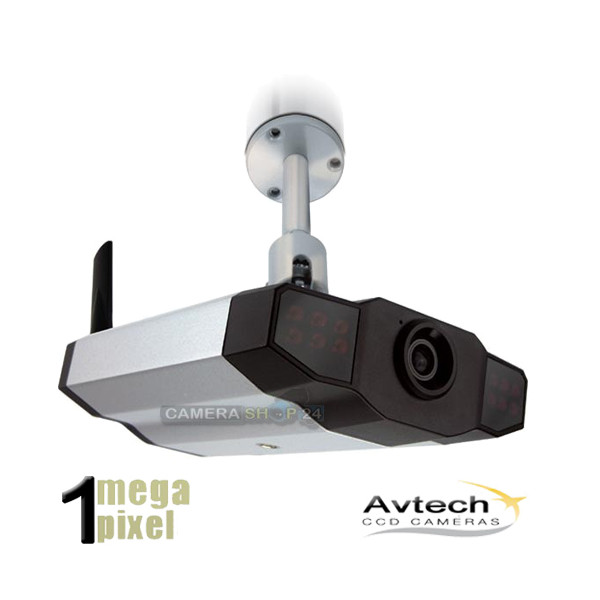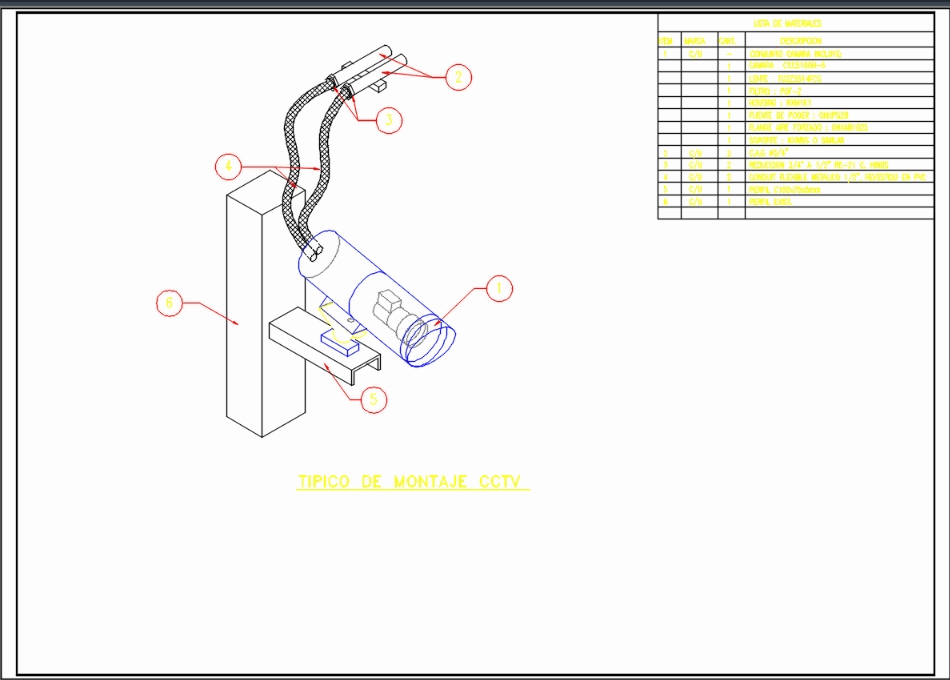IP cameras work via the internet protocol (IP)—a set of rules that governs data transfer online. The cameras connect to your home or business network via Wi-Fi, cellular modem, or Ethernet, and for this reason, they're also called network cameras. What is an Internet Camera (Also Known as a Webcam)? Internet cameras go by a lot of different names. You might hear them referred to as IP or 'internet protocol' cams, 'network cameras,' or 'webcams.' Whatever you choose to call it, an internet cam is a camera that sends and receives data over a local area network (LAN) and/or the internet.
High compatibility - supporting 10,000+ models
Supporting ONVIF allows 10,000+ ONVIF models to be plugged and work instantly. Older non-ONVIF devices can be added as generic RTSP or MJPEG.
Future proof - maximizing your investment return
Our commitment to international standards (ONVIF, RTSP, MJPEG...) and your use of standard compliant components makes your system immune to getting obsolete with any vendor proprietary technologies. You will be free to add, remove and change any hardware or software components including our apps without worrying about compatibility. When you use standard compliant components, you are free of vendor lock-in, hence have numerous hardware manufacturers and software developers compete for your interest. You choose the most innovative, cost-effective and high quality components at will.
High performance

Our relentless effort to optimize our own decoders without any legacy burden results in unrivaled video performance. Fully utilizing the hardware codec on a device ensures the user gets the best out of his device. We have also adapted our decoders to accommodate some devices that are not strictly standard compliant to accommodate as many customers as possible.
Non-stop innovation driven by our vision and your feedback
Innovation and improvement is our daily task. We are committed to making our apps to be the best in their categories. We are keen to hear users' constructive feedback to help improve our apps. The apps are essentially the outcome of our vision and your feedback.
Setting Up IP Cameras
Please choose from the following instructions to set up your IP cameras:
Option A. Connect IP Camera directly to your NVR Ethernet port (Plug n Play)

Step 1. Turn on your NVR
Step 2. Connect your IPC to your NVR Ethernet port via a cat5e/cat6 cable
(Connect additional 12VDC power supply to your camera if your NVR does not support PoE)
Step 3. The IP Camera should automatically pop up on the NVR screen or NVR Camera setting menu in 2-5 minutes.

Option B. Connect IP Camera to your computer/ NVR without Ethernet port through PoE switch/router
Ip Camera Viewer
Step 1. Follow the PoE switch/router manufacturer instruction to setup your PoE switch/router
Ip Webcam
Step 2. Connect the cat5e/cat6 network cable to any LAN port on the PoE switch/router and to the IP Camera
(Connect additional 12VDC power supply to your camera if your switch/router does not support PoE)
Step 3. Install SADP program on your computer (to search the IP Address information of the camera)
Step 4. Once installation is completed, the new IPC will be shown in the SADP online device list.
Step 5. If needed, you may modify the IPC network parameters and use default password of '12345' to save changes.
Step 6a. Open any web browser on your computer, type the device IP address on the address bar and login using the default username'admin' and password '12345'
( to download the plugin file for Safari for MAC users)

Step 6b. You can also view and manage your IPC via the LaView Net/NVMS7000 Client Program on your or
Step 6c. You can also add the IPC in your NVR manually by typing in the IP address and credentials of the IPC into the camera configuration menu.
to download complete user manual for IP Cameras
